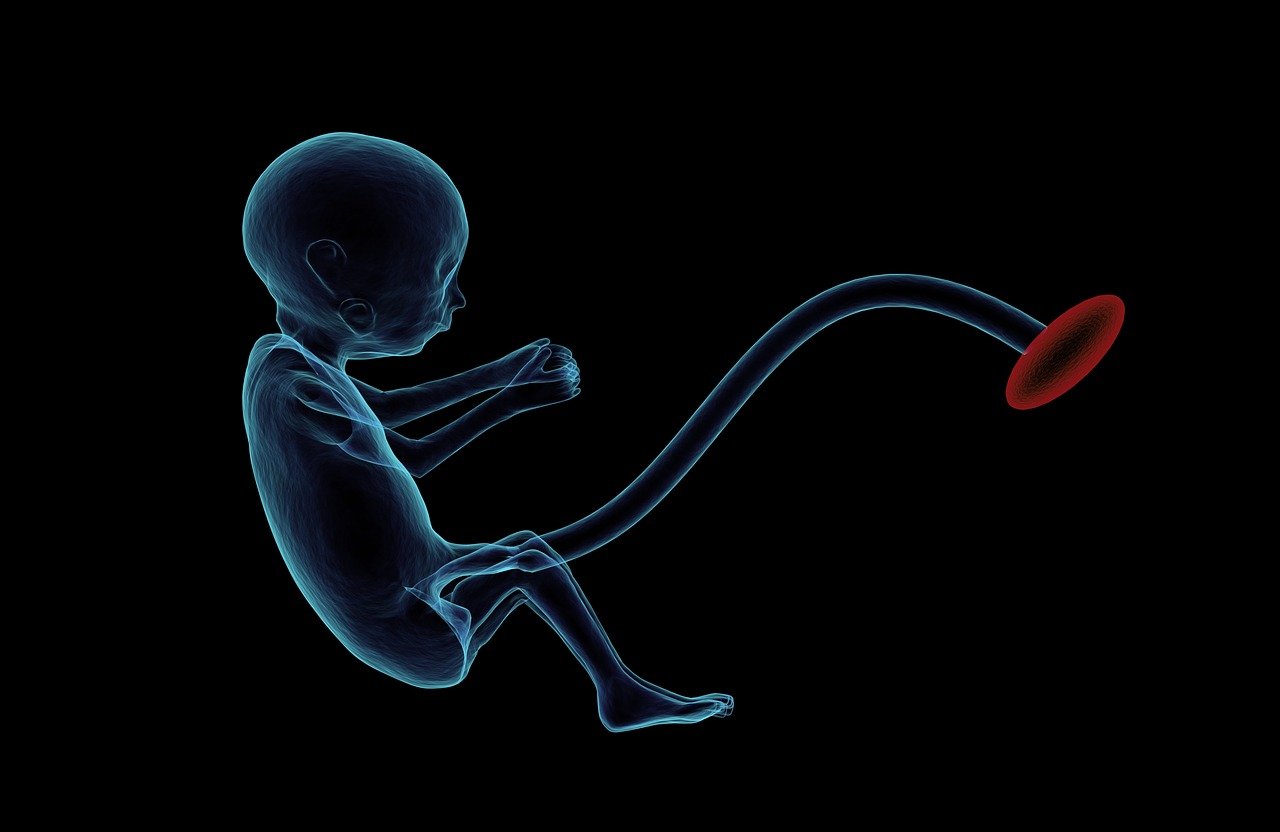- ABOUT
- TREATMENTS & SERVICES
Male Fertility
Genetics & Family Balancing
- SUCCESS STORIES
- CONTACT
- BLOG
Before we go into embryo transfer, let us understand what in vitro fertilization is. In vitro fertilization, or IVF, is a type of assisted reproductive technique that allows a male sperm to fertilize a female egg out of the body in an embryology laboratory. It represents the summit of infertility treatment that science has ever uncovered. It entails retrieving female eggs from those who have undergone injectable medicine for ovarian stimulation. In an embryology lab, the male sperm is inserted into the eggs by the embryologist. It causes fertilization, which leads to the formation of zygotes.

Fresh cycle embryo transfer is where the IVF expert transfers the embryo after a few days, usually 3–5 days of fertilization. After loading embryos into a catheter, your doctor places these embryos in the womb, where the pregnancy will happen. Usually, doctors do not advise general anesthesia for this non-invasive procedure.
The embryology team freezes the leftover embryos in anticipation of their future use. Genetic testing, such as PGT, and patient health issues, including ovarian hyperstimulation syndrome (OHSS), are additional reasons for undergoing the freezing process. They freeze these embryos at very low temperatures and thaw them before transfer. The thawing process brings embryos to room temperature and defrosts them in preparation for transfer. Depending on different conditions, they can transfer these frozen embryos months or years later. Frozen embryo transfer (FET) is the term for the transfer of such embryos. The other steps of the surgical transfer procedure stay the same.
After five days of fertilization, embryos grow further into many cell stages called blastocysts. A blastocyst is a highly developed and advanced human cell with many characteristic features, such as compactness. The chances of pregnancy are much higher with the transfer of such embryos.
Following is the IVF embryo transfer procedure in a stepwise manner.
After transferring the embryos successfully, usually, two weeks later, the next step involves taking a pregnancy test. Your doctor can recommend hormone supplements during this period to boost the embryo’s implantation process and growth. The patient may get back to her regular daily activities following the procedure. Here are some precautions after embryo transfer in IVF.
The pregnancy test after IVF frozen embryo transfer or fresh cycle embryo transfer takes place after two weeks. The result will indicate ‘positive’ if the pregnancy is successful; otherwise, it may indicate ‘non-pregnant’ if your body has not accepted the embryo. An IVF specialist presents such results and then determines the next round of action.
It is a common understanding that frozen embryo transfer is better than fresh-cycle embryo transfer. The reality is far more complicated than this. Frozen embryo transfer allows time to treat various conditions, such as ovarian hyperstimulation syndrome (OHSS). Very high or low progesterone levels are also an indication of frozen embryo transfer. Hectic use of medications for ovarian stimulation may decrease body progesterone levels. The body needs time to normalize the hormone in such cases. Normal progesterone levels are essential for a successful pregnancy. FET provides time for genetic testing, such as PGT, which increases success rates and decreases the chances of hereditary disease transmission.
In conclusion, frozen embryo transfer is the treatment of choice for the previously described reasons. However, both fresh and frozen embryo transfers are viable options. The decision depends on the specific situation. An infertility specialist decides on your behalf according to your customized conditions and the quality of your embryos.
IVF frozen embryo transfer and fresh cycle transfer success rates are comparable. This area needs further research, but the current studies show no significant differences in success rates. The freeze-all strategy is only beneficial when dealing with complications like ovarian hyperstimulation syndrome (OHSS) or going for genetic testing. Other factors, such as maternal age, are better indicators of success rates.
The Australian Concept Infertility Medical Center is the premier IVF facility in Pakistan, providing cutting-edge infertility treatments, including test-tube babies and assisted reproductive technology (ART). With 26 years of experience in IVF and assisted reproductive techniques, we have a team of exceptional infertility specialists and professional embryologists with extensive experience in Pakistan and internationally. We offer a comprehensive range of infertility treatments, including IUI (intrauterine insemination), IVF, TIC (timely intercourse), and PGT (genetic testing). Our IVF treatments are available to patients in all major cities in Pakistan.
Australian Concept Infertility Medical Center offers a free first consultation online or in-clinic. An infertility coordinator doctor will gather your medical history, arrange any required lab work, and make an appointment with the appropriate infertility specialist. You may book an appointment with Australian Concept Infertility Medical Center doctors in different Pakistani cities using the information below. Contact us or plan a free consulting session now.
32-A, Rojhan Street, Block 5, Kehkashan, Clifton, Next to PRANZO Restaurant, Behind BBQ Tonight, Near BILAWAL Chowrangi, Karachi, Sindh, Pakistan 75600
116 Babar Block, Barkat Market, Near Salaar Center, Lahore, 54000.
3rd Floor, Aklas Plaza, G10 Markaz, Behind Babri Masjid, Sawan Road, Islamabad.
The Australian Concept Infertility Medical Center “Australian Concept” was established in 1998 with Australian technical collaboration in Karachi, Pakistan.